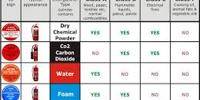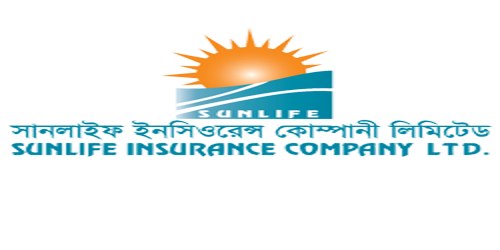Frustration is the emotional response that comes from facing, or feeling that we are facing opposition. It is a negative behavior which arises when a motivated drive is blocked due to various reasons. It is one of the causes of stress. When a motivated drive is constrained by obstacles or barriers before it reaches the desired goal, the situation is called employee frustration. Frustration occurs due to internal conflict in individual goal and objectives. Hence, it results from the condition internal to the individual rather than external influences.
With the application of following measures, the potential frustration can be reduced:
- Effective Recruitment, Selection, and Training
The process of recruitment and selection makes available the potential incumbents in actual workstation who are fully capable of performing the tasks. Various training programs provide opportunities for them to learn different technical and administrative skills to do organizational activities. This makes them able to perform the activities effectively and efficiently. Hence, the potential frustration can be reduced.
- Job Design and Work Management
Job design helps assign appropriate roles and responsibilities to the capable individual. This matches right people at right place and time according to their knowledge, skills, and abilities. This practice helps to reduce the potential frustration. Because the employees fully enjoy doing the assigned tasks.
- Appropriate Personnel Policy
An appropriate personal policy helps to organize a good and efficient working environment with the organization. Such environment provides opportunities for growth and development of various skills related to work performance. As a result of it, the potential frustration will be reduced and employees are motivated towards better performance.
- Effective Communication
Communication is known as the lifeblood of the organizational activities. It works as a channel for transferring necessary information from one person to another or one work unit to another work unit. A properly designed network of communication provides the information relating to various activities of the job promptly and timely. Hence, it helps to reduce the potential frustration among the employees.
- Participative Management
Participative management is a technique of motivating employees which revolves around many new ideas such as employees involvement, quality of work life, employee’s empowerment, employee ownership, etc. Under this technique, employees ideas and inputs get considered in the decision-making process. It provides autonomy to employees which reduces potential frustration at work.
Information Source:
















